Stakeholder Mapper-AI-powered stakeholder mapping tool
AI-powered tool for stakeholder mapping and relationship analysis
Briefly explain the process.
Use my data to make the map. I'll attach the files.
Extract the stakeholders from this text and map them.
Extract the stakeholders from this link and map them.
Related Tools
Load More
Customer Journey Map Assistant
Create post-sales Customer Journey Maps for various industries with expertise from NimbleCSM
Process Mapper
A process mapping expert, adept at creating maps from session notes.

Value Stream Mapping & Process Flow Tools
Expert in boosting productivity to top 12%
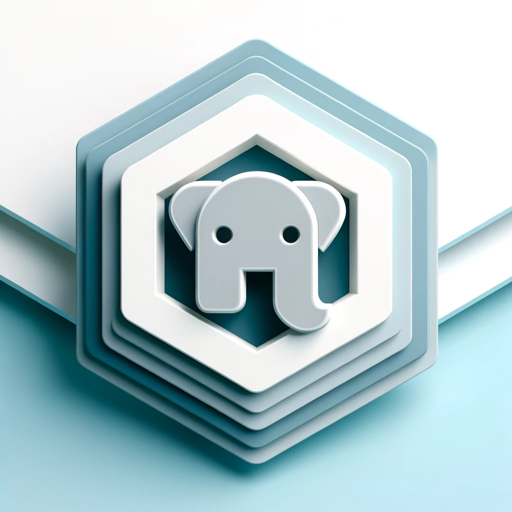
Domain Driven Design Architect
Expert in DDD & Hexagonal Architecture, offering critical yet pragmatic insights.
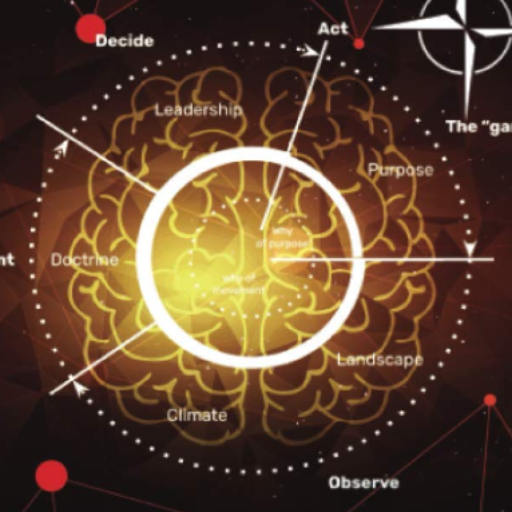
Learn Wardley Mapping
I guide you in learning and applying Wardley Maps.

Process Mapper AI
Process Mapping tool for business, systems, and architecture visuals
20.0 / 5 (200 votes)
Introduction to Stakeholder Mapper
Stakeholder Mapper is designed to assist in the systematic identification, classification, and visualization of stakeholders for various projects, businesses, or research initiatives. It operates through a structured approach, enabling users to map stakeholders, categorize them by influence or interest, and visualize their relationships. The main purpose is to ensure that all key individuals, groups, and organizations relevant to a project are accounted for and understood in terms of their roles and interactions. Stakeholder mapping is critical for successful project management, ensuring that all relevant voices are considered and that project goals align with the interests of key players. A scenario example is a tech company developing a new product, such as a smartphone. Stakeholder Mapper helps the company visualize key stakeholders like product designers, marketing teams, software engineers, customers, and suppliers, as well as how they interact, to align the product's development with various needs and expectations.

Core Functions of Stakeholder Mapper
Stakeholder Identification
Example
A government agency planning an infrastructure project, such as building a new highway, uses Stakeholder Mapper to identify all parties involved: local residents, environmental agencies, construction companies, and policy-makers.
Scenario
The tool helps the agency systematically identify each stakeholder, ensuring no group is overlooked, which is crucial for minimizing project delays or opposition.
Categorizing Stakeholders
Example
In a large-scale software development project, Stakeholder Mapper allows the project manager to categorize stakeholders into primary (core team members like developers), secondary (management and financial backers), and tertiary groups (end users and external testers).
Scenario
This function is particularly useful when trying to prioritize communication efforts and allocate resources efficiently, ensuring primary stakeholders are closely engaged while also keeping secondary and tertiary stakeholders informed.
Mapping Relationships
Example
A healthcare company introducing a new medical device can use Stakeholder Mapper to map out the relationships between research teams, regulatory bodies, healthcare providers, and patients.
Scenario
The map allows the company to see where stakeholders are interconnected, helping to identify key influencers (such as regulators) and manage communication between them to streamline approval and market launch processes.
Ideal Users of Stakeholder Mapper
Project Managers
Project managers in industries like IT, construction, and healthcare benefit from Stakeholder Mapper by having a clear visualization of all key stakeholders, their roles, and relationships. This tool helps them ensure that stakeholder needs are met and that communication flows smoothly between parties, reducing the risk of project delays.
Researchers and Analysts
Researchers conducting qualitative studies, market analysis, or policy evaluation can use Stakeholder Mapper to map out individuals, organizations, and groups that influence or are affected by their research. This helps to create a more comprehensive and systematic understanding of the ecosystem they are studying.

How to Use Stakeholder Mapper
1
Visit aichatonline.org for a free trial without login, also no need for ChatGPT Plus.
2
Define your project or research subject by uploading relevant data (e.g., transcripts, reports) or providing a specific topic for analysis.
3
Stakeholder Mapper will guide you through defining the purpose and scope of your stakeholder analysis, helping you identify relevant stakeholders.
4
Categorize stakeholders into primary, secondary, and tertiary groups based on their level of influence or involvement in the project.
5
Visualize the relationships between stakeholders using automatically generated Mermaid.js diagrams, and refine your map based on real-time feedback.
Try other advanced and practical GPTs
Smarthome GPT
Optimize your smart home with AI guidance
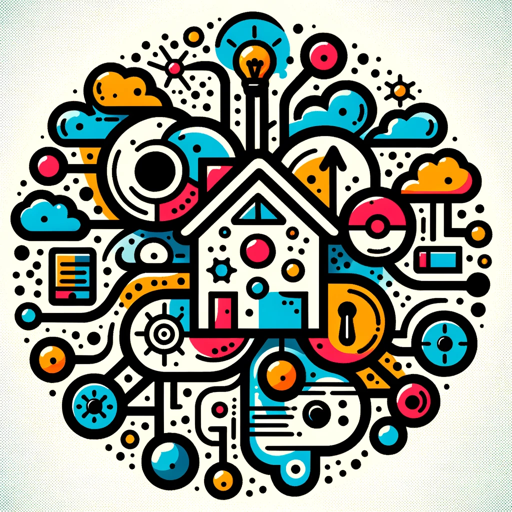
Dating Text Master
AI-powered conversation mastery for dating apps.

DevGPT
AI-Powered Coding & Project Optimization

AdStrat GPT
AI-driven solutions for smarter advertising.

MelodyMuse
AI-powered music creation made simple

Meta Adcopy Generator (EN)
AI-powered ad copy creation for success

ID-Assist (Instructional Design Expert)
Revolutionize Your Instructional Design with AI
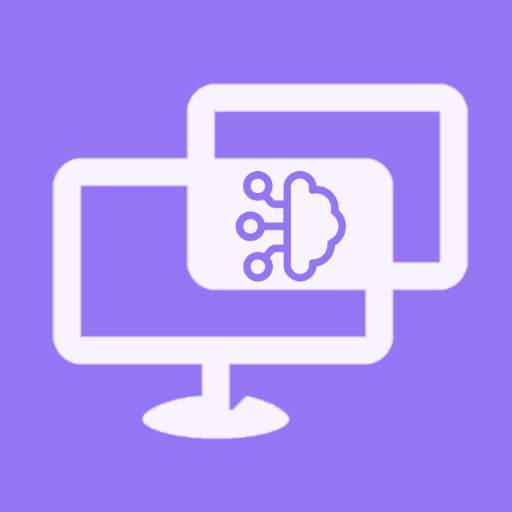
Oracle Maps | RPG Battle Map Creator GPT
AI-Powered Custom RPG Battle Maps
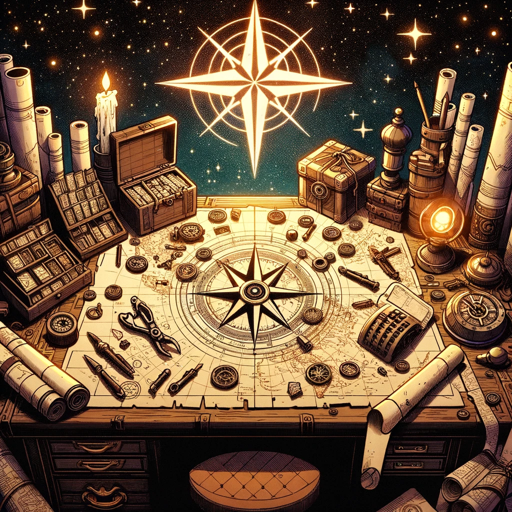
Script Breakdown Assistant
AI-driven breakdowns for efficient pre-production.

Crypto Day Trading Course
AI-powered crypto trading mastery

History Outline
AI-Powered Historical Outlines Made Easy

Data Science Consultant
AI-powered insights for data science success

- Project Planning
- Decision Support
- Stakeholder Engagement
- Stakeholder Analysis
- Organizational Strategy
Frequently Asked Questions About Stakeholder Mapper
What is the primary use case for Stakeholder Mapper?
Stakeholder Mapper is used to identify, categorize, and map relationships between key stakeholders in a project, organization, or system. It helps visualize influence and engagement, aiding decision-making in complex environments.
Can I use Stakeholder Mapper without uploading data?
Yes, you can define a subject manually without uploading data. Stakeholder Mapper will guide you through identifying stakeholders and mapping their relationships based on the scope you define.
How does Stakeholder Mapper categorize stakeholders?
Stakeholders are categorized into primary, secondary, and tertiary groups based on their involvement or influence. This categorization helps prioritize engagement efforts and understand the stakeholder landscape.
Does Stakeholder Mapper offer visual outputs?
Yes, Stakeholder Mapper generates visual representations of stakeholder maps using Mermaid.js diagrams. These diagrams show nested relationships, making it easy to understand hierarchical structures and stakeholder influence.
What industries can benefit from Stakeholder Mapper?
Stakeholder Mapper is versatile and can be applied across industries such as academia, corporate strategy, non-profits, government projects, and product development, anywhere stakeholder relationships are critical.